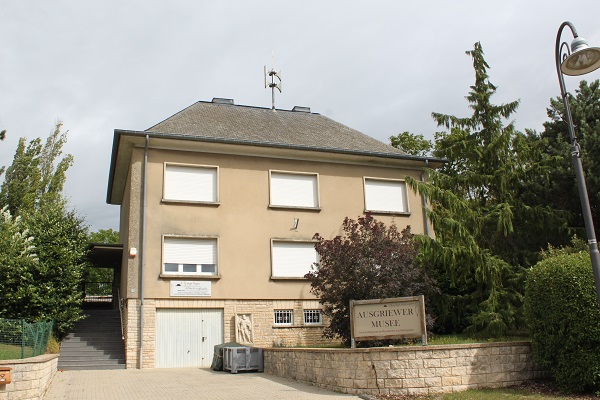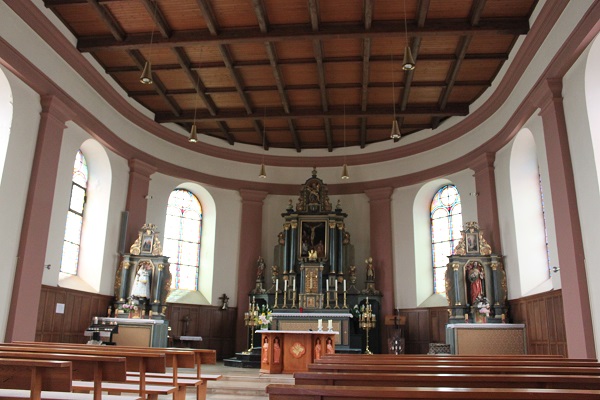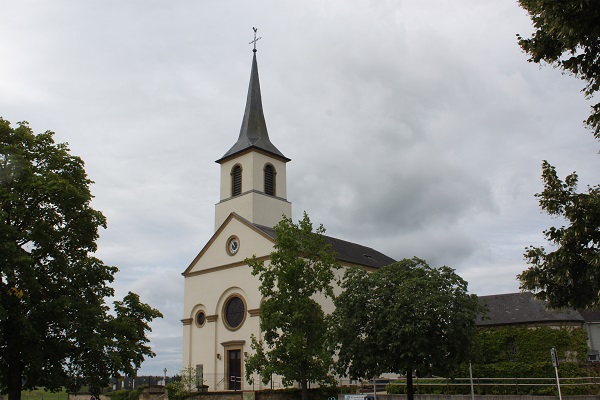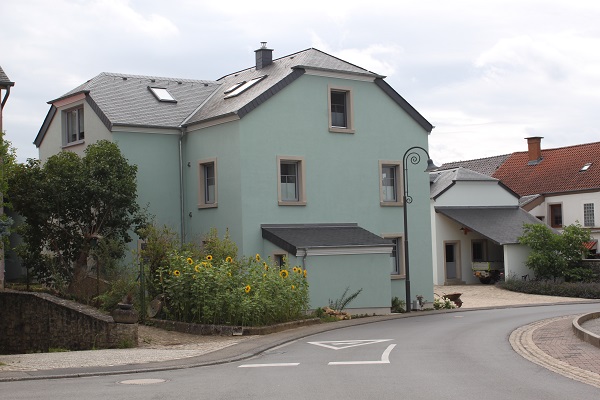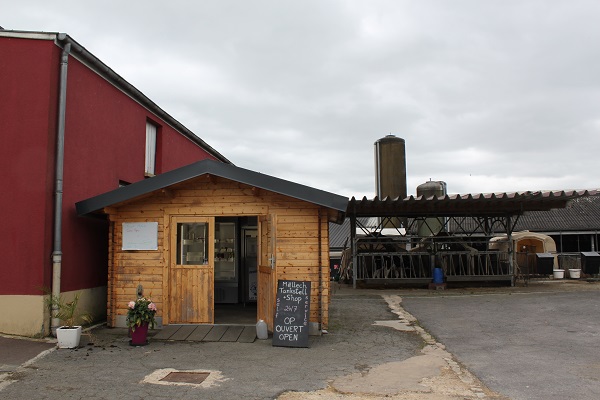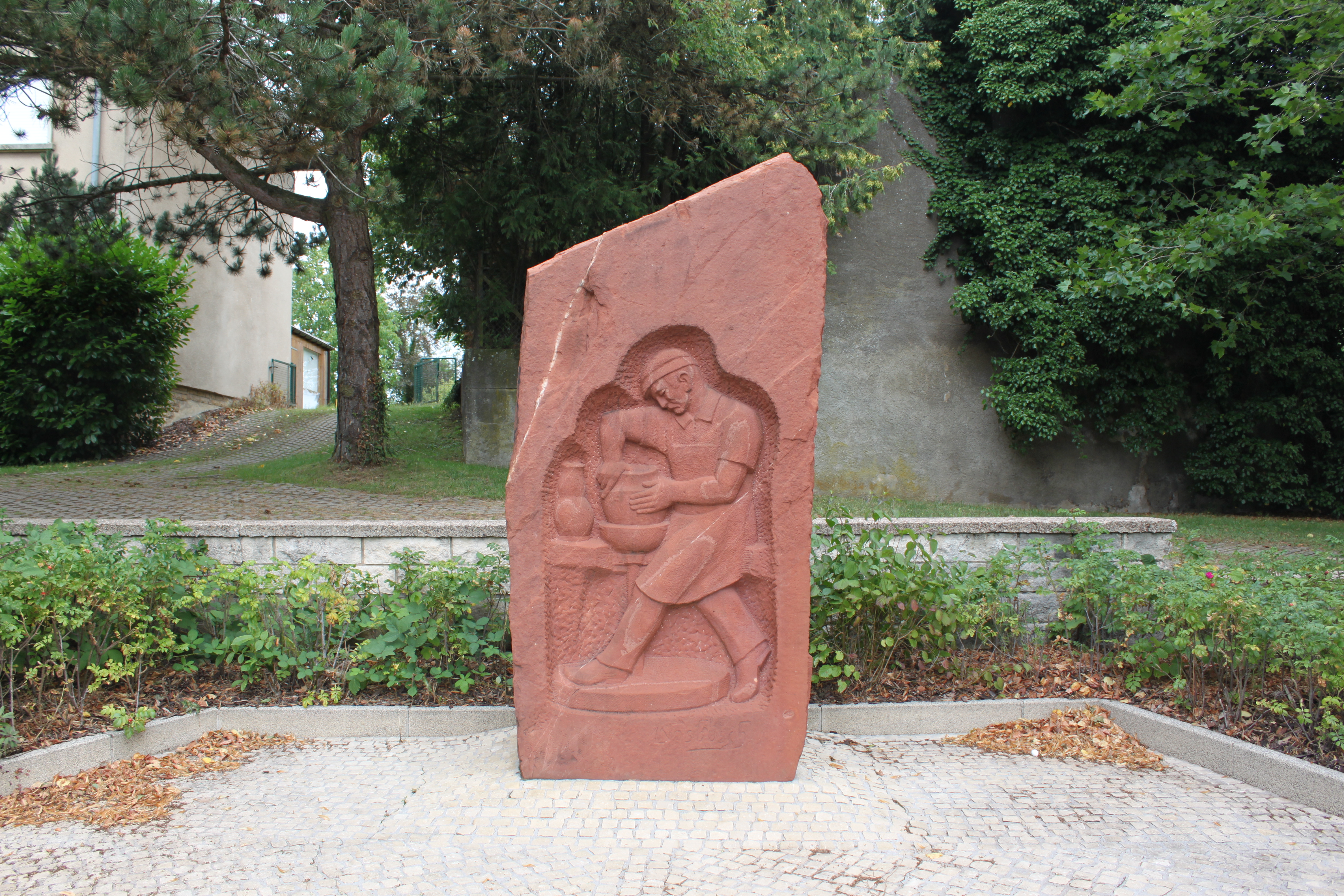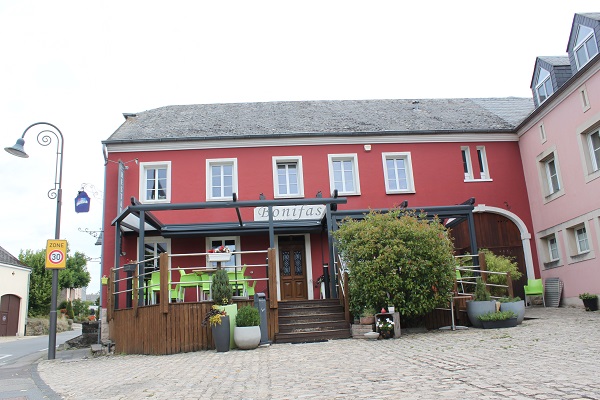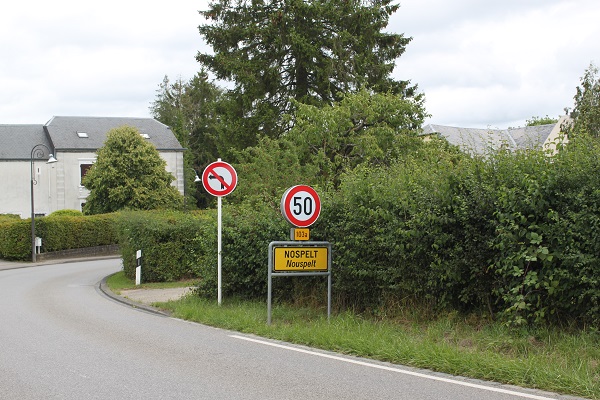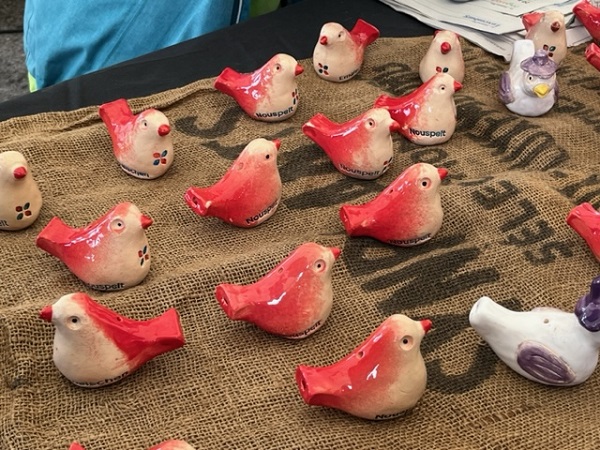 Péckvillercher at Nospelt Emaischen;
Credit: Chronicle.lu
Péckvillercher at Nospelt Emaischen;
Credit: Chronicle.lu
Throughout August, Chronicle.lu will be shining a spotlight on various villages across the Grand Duchy; the focus is mainly on some of the (perhaps) lesser-known villages with particular points of interest or an interesting history (e.g. cultural and/or industrial heritage).
The next article in this series is dedicated to Nospelt (Nouspelt in Luxembourgish), a village that offers many surprises, from the municipality of Kehlen in south-western Luxembourg (Canton Capellen) with a population of around 1,200.
Nospelt is a quiet rural village, a verdant little place with carefully renovated farm houses. The village is quite compact, with its own small yet beautiful church (Saint-Thomas) occupying a central location. There are two remembrance boards at the church’s entrance listing the men who were forcefully recruited by the Nazis during the Second World War and either fallen or declared missing from 1940 to 1945.
The archaeological museum “D’Georges Kayser Altertumsfuerscher,” access to which is free-of-charge and opens on demand for schools and groups, is located across from the church. Its exhibits include finds from the Gallo-Roman villa in Goeblange-Miecher, from the ancient tile factory from Capellen-Hierboesch and from the several necropolises of the region, as a free museum pamphlet from a waterproof box informs visitors.
The Goeblange-Miecher Gallo-Roman villa is open to the public, and is located in the heart of the “Miecher” forest between Goeblange and Nospelt (latitude: 59.6812; longitude: 5.98533) and boasts eleven stone ruin formations. A circular route leads to the Celtic aristocratic tombs (grave mounds) of Goeblingen-Nospelt, in which were buried four Celtic riders and a princess in the 1st century BC (latitude: 49.68061; longitude: 5.98463). These graves count among the key archaeological discoveries from the late Iron Age. Panels lead visitors on a trail from the villa towards the grave mounds. A circular hiking trail (1) from Nospelt leads to the Merovingian aristocratic tombs discovered in 1960 and stemming from the 7th century AD.
The Simmerschmelz camping site is located nearby, close to the forest.
A pottery museum (currently temporarily closed) is located on “rue des Potiers” (Potters’ street). From 1458 to 1914, Nospelt was the centre of Luxembourg's pottery industry. This is subtly apparent from some of the street decoration featuring pots and urns of different shapes and sizes, and also from the central sculpture in red clay (signed S.I.N. and dated 1973) featuring a potter wrist-deep at work.
Nospelt is arguably best-known nowadays for celebrating the “Emaischen” - a traditional Luxembourgish folk festival taking place on the Easter Weekend and offering a market on Easter Monday. Small bird-shaped whistles made out of clay, “Péckvillercher,” are the market’s main feature. Children and collectors gather every year in Nospelt (and Luxembourg-Ville) as the designs are always different (this upcoming year, the date is set for 1 April 2024). In Nospelt, visitors can watch a potter as they create the hand-made bird designs. The two village museums are also both open during that bustling period.
The Café Brasserie Armes, unusual for being moose-themed, is an agreeable local spot for food and drinks (they have a terrace at the back, too). The other, bigger restaurant “Bonifas” is more centrally located, by the church, with a terrace at the front.
There is also a “milk station” (Mellechtankstell) in Nospelt, open 24/7 from where fresh milk is available for self-service.

